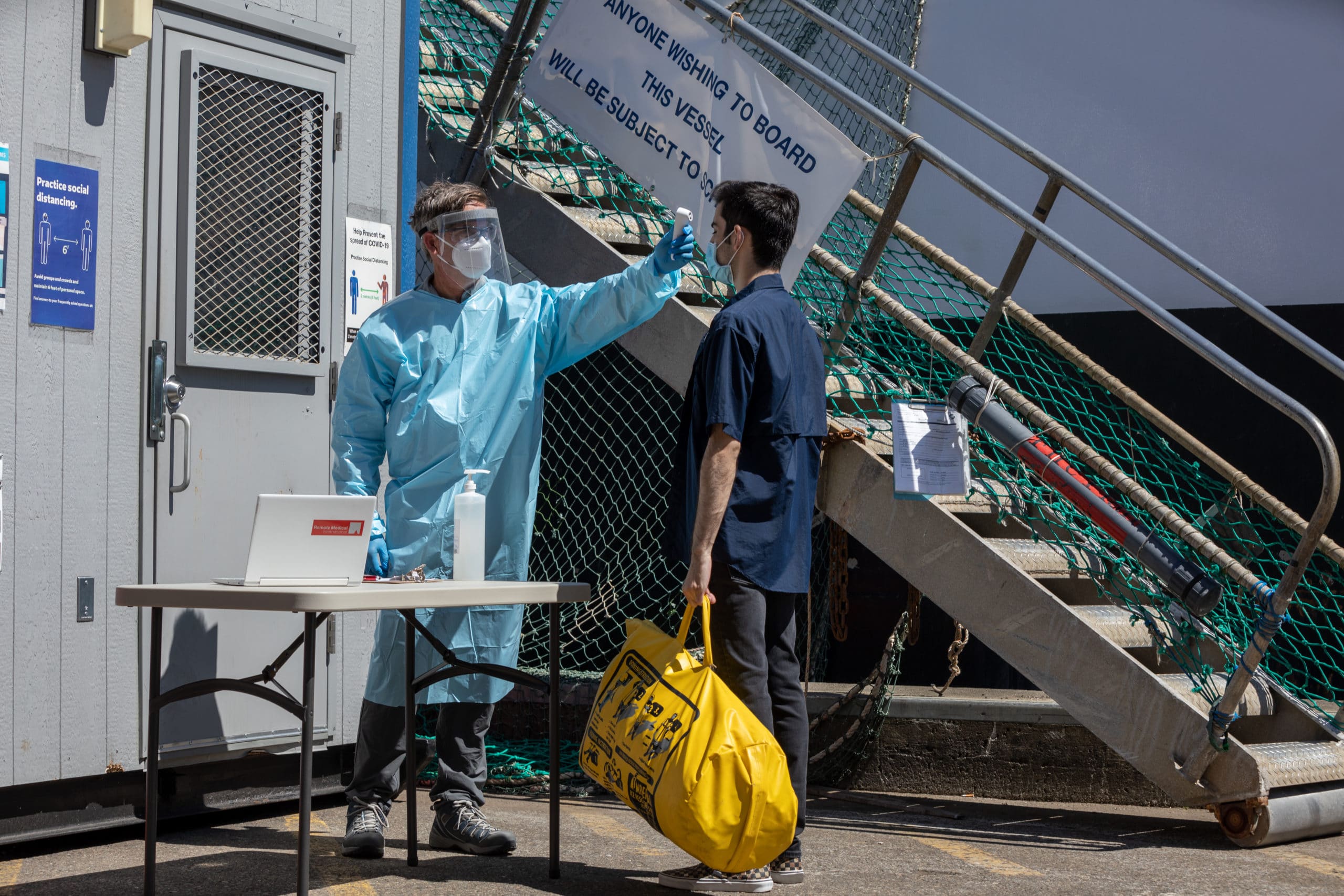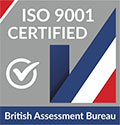As the number of COVID-19 cases continues to rise in many US states, companies are seeing the importance of keeping their employees healthy. Losing time to illness is never good, but it can be especially damaging if a large portion of your workforce is sick.Â
In response, many companies are choosing to screen or test for COVID-19 at project sites and office locations.Â
However, screening or testing for a new disease is a challenge most companies have never faced. Not only does the normal way of work have to change, but companies also have to account for increased costs.Â
How do you budget for COVID-19?Â
What to Include in Your Budget
Running a COVID-19 screening or testing program requires two major line items: labor, and equipment.Â
Labor accounts for the people hired to conduct the testing or screening. Depending on what type of screening or testing program your company implements, screeners could be anything from a trained layperson to a registered nurse or nurse practitioner. Â
Equipment covers the costs of test kits, thermometers, or other medical equipment needed to conduct screening or testing programs.Â
There are also potentially a few miscellaneous items, such as the cost of a courier to deliver samples to a lab for testing or fees from a laboratory.Â
Factors that Affect the Price
Although labor and equipment seem like simple line items, the prices can vary a lot depending on the program you implement.Â
- Labor
- Screeners tend to have fewer qualifications than people who conduct testing (though the required qualifications may be different regionally). Therefore, the labor rate for screeners is generally less than the labor rate for testers.Â
- Businesses open 24/7 or with longer hours may also include more labor costs than businesses with fewer hours.Â
Surprisingly, the equipment can have a bigger impact on the cost than the labor. For clarity, we’ve broken equipment down into PPE, and medical equipment.Â
- Personal Protective Equipment (PPE)
- While the cost of PPE is not especially high, using a lot of it will affect your budget. Some testing methods require the tester to put on new PPE between each test. Other methods allow the tester or screener to wear the same PPE all day.Â
- Medical equipment
- Screening often requires thermometers or another method of reading an employee’s temperature. The cost of a single thermometer isn’t especially high, but the line item can be costly if you buy a lot of them.Â
- Testing requires kits that are sent to the laboratory to be analyzed. In many cases, the test kits are one of the most expensive line items. Testing each person can cost $150 to $300 before the cost of labor.Â
Understanding the costs is key to building a successful COVID-19 screening or testing program.Â
Developing an Appropriate and Cost-Effective Screening or Testing Solution
From a purely budgetary standpoint, it seems like screening is the most cost-effective option. However, it’s also important to account for the effectiveness of each option.Â
Screening is more cost-effective, but it likely won’t stop asymptomatic COVID-19 individuals from entering your workplace. In contrast, testing is more expensive, but the accuracy of the tests is higher, so it may be more effective at reducing the number of infections in your workplace.Â
What to do? It’s a balance between the cost of the program and the cost of lost time due to illness.Â
It may help to work with a medical company with experience conducting COVID-19 screening and testing programs. A company like Remote Medical International can help you build a program that takes the best medical practice into account while also staying within your budget.


